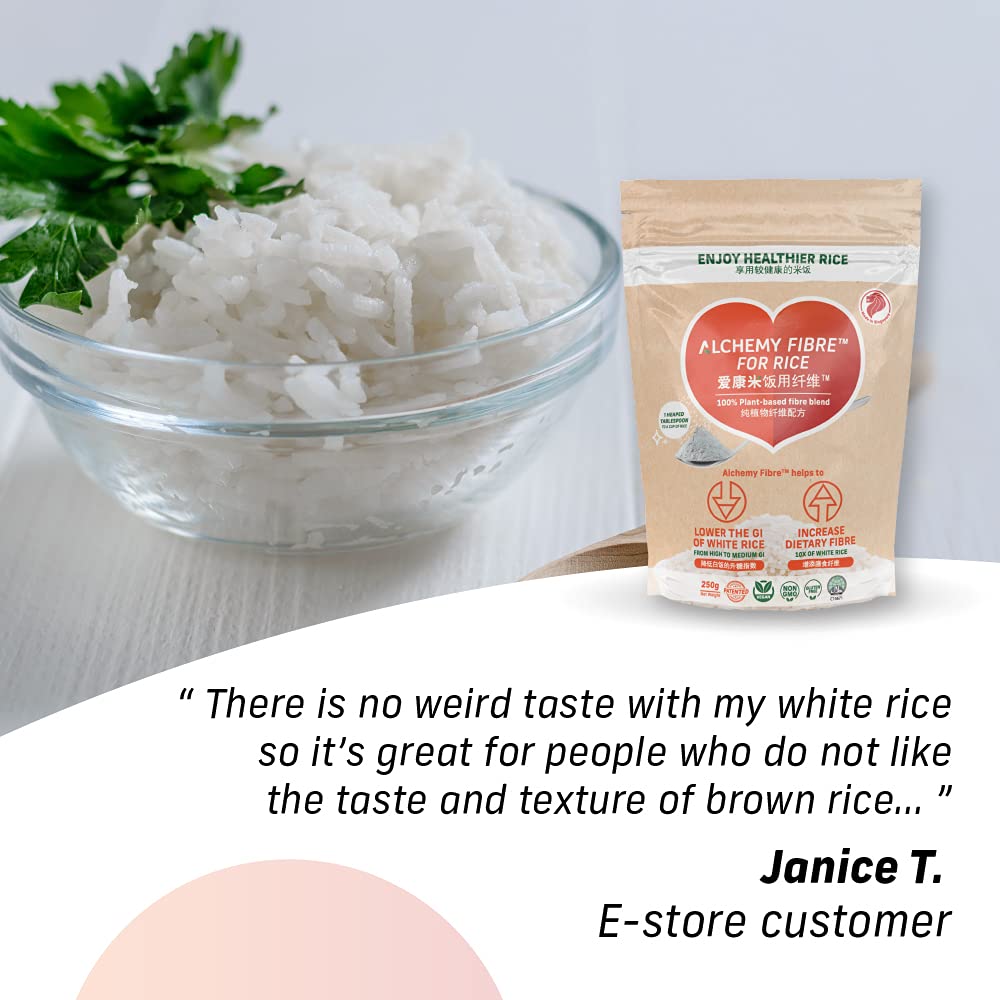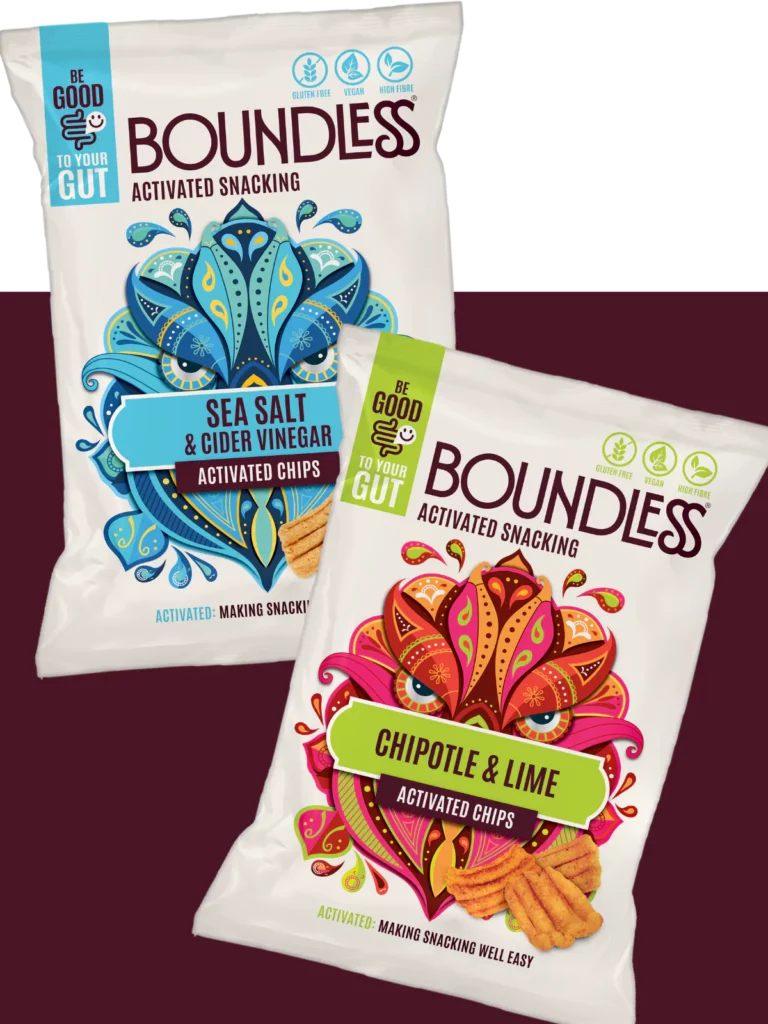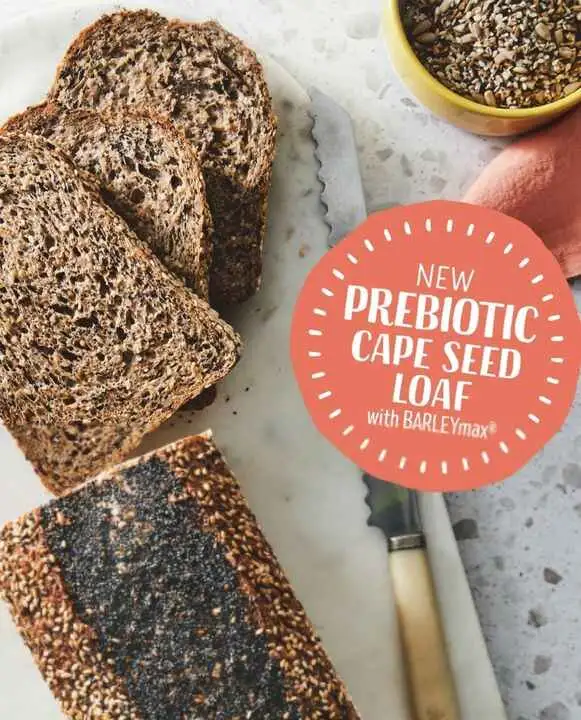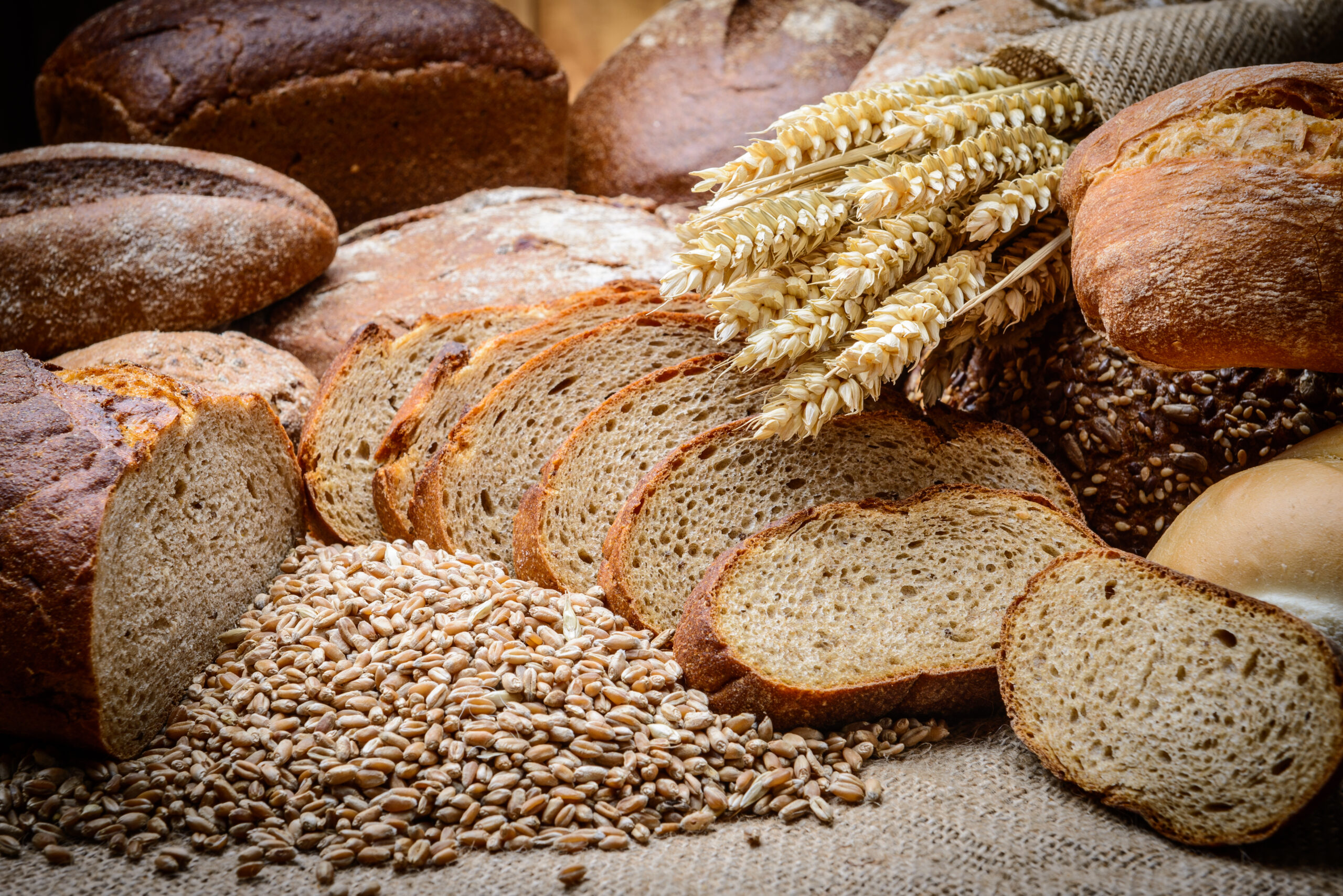Why is fibre good for you and why are we keeping our eye on it? Lower risk of heart disease, diabetes and cancer are a few highly important reasons. However, fibre also aids digestion, feeds the bacteria in the gut, and can help you feel fuller for longer. Whilst that seems like reason enough to focus on fibre in our diets, we’re interested in why consumers and industry professionals are turning the magnifying glass to fibre.
The average consumer is beginning to take a much harder look at their dietary habits and scrutinise far more closely what they are putting in their shopping baskets and, more importantly, what they should be putting in their bodies to improve their health. Red meat was undoubtedly the first turning point along the long road to ‘peak health’, followed by meats in general, and now sugar, salt, and fat. This journey has led consumers in search of health heroes that can help, looking for more of the ‘good stuff’ rather than just cutting out the ‘bad’.
The obsession with gut health is one of the key focuses of nutritionists and food producers alike, and this has trickled down to consumers. The gut is one of the most vital parts of the immune system and taking care of it can lead to 360 holistic health benefits. Consumers are swiftly making the connection between a high fibre diet and gut health. Inevitably fibre is going to be the next landing zone for consumers trying to improve their gut health and general wellbeing, and the new buzz word to get products off the shelves and into the hands of shoppers.

Whilst fibre is naturally occurring in many foods there is undoubtedly a ‘fibre gap’ which consumers are becoming increasingly conscious of. The WHO recommends adults consume 25g of fibre per day1, to improve digestion and protect against cardiovascular disease and a swarm of other diseases. Less than 10% of adults in the UK meet this target2 and in the US it is only 5%3! Fibre is also a nutrient for concern in Australia where most children and adults do not meet fibre targets4.With upwards of 90% of populations not meeting recommended fibre daily intake, the fibre gap needs filling.
New HFSS regulations in the UK are forcing household brands to reformulate to comply with fat, salt and sugar caps, and keep their top spots on the supermarket shelves and the consumers baskets, and this is just the tip of the iceberg. The WHO is launching a new sugar and calorie reduction initiative which will aim to challenge the global food industry to reduce sugar and calories in all products. Food Manufacturers are responding by increasingly moving towards selected fibres to produce reduced sugar and reduced calorie formulations, for their unique ability to provide heightened mouthfeel and a more satisfying eating experience.

It is not just legislation around reducing salt and sugar that is leading food manufacturers towards fibre solutions, but proactive fibre centric initiatives are also appearing across the board. The food and drink federation has launched Action on Fibre, an initiative to help consumers boost their fibre intake by creating pledges and targets for well-known brands to strive towards and report on. The UK National Food strategy has also set a target to increase fibre consumption across the board by 50% by20325.
Product body and mouthfeel are often the first to go when reducing or cutting out sugar, and fibre can help improve both problems. Meaning a win for NPD teams, a win for marketing teams who can make health and nutritional claims on front of pack, and a win for consumers wanting to increase their fibre intake. The multifunctional benefits of fibre, for mouthfeel, functionality, and its multitude of health benefits mean that fibre is undoubtedly the next frontier for product innovation globally.
Singapore – Alchemy Fibre for Rice
This plant-based fibre blend from Singapore is revolutionising traditional cooking processes. When cooking white rice in alchemy fibre it results in 10x the fibre of regular white rice and the same glycaemic index of brown rice.


United Kingdom -Boundless Activated Snacking
Activated Chips. This brand is focused on bringing gut health to the masses by using highly nutritious grains like sorghum and processing them in a way to keep in all the fabulous fibre.
Australia – Bakers Delight Prebiotic Cape Seed Loaf
NEW and improved Prebiotic Cape Seed Loaf, now with BARLEYmax® can boost your gut health and help lower cholesterol! Containing 6 different seeds and grains, it is also high in protein and an excellent source of fibre.

References: 1. https://www.ucsfhealth.org/education/increasing-fiber-intake 2. https://www.tateandlyle.com/news/fibre-fortification-could-lower-risk-heart-disease-and-diabetes-7-10-uk-adults 3. https://www.vox.com/2019/3/20/18214505/fiber-diet-weight-loss 4. https://www.ncbi.nlm.nih.gov/pmc/articles/PMC5986479/ 5. https://foodfoundation.org.uk/news/our-priorities-national-food-strategy
Please note, we are not affiliated, associated, or in any way officially connected with the brands and products mentioned within this post.




